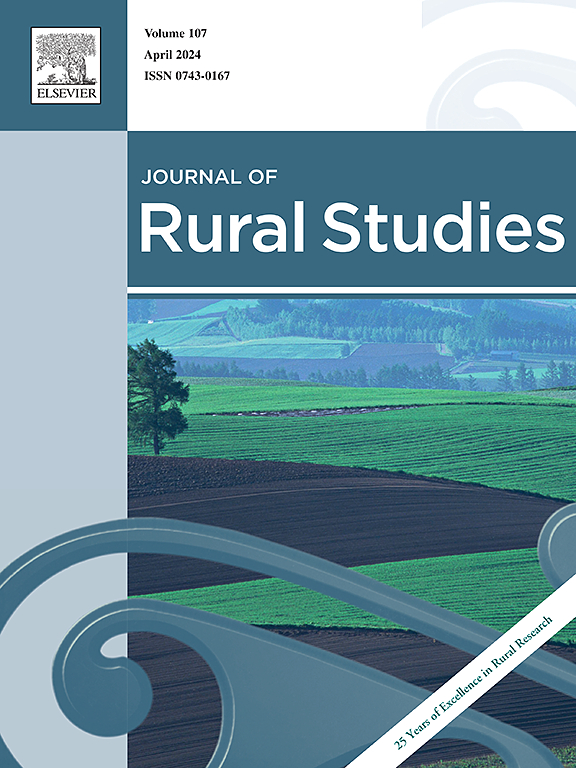Exploring the institutional factors in mitigating rural gentrification-led displacement: The case of Xiaozhou Village in Guangzhou, China
IF 5.1
1区 社会学
Q1 GEOGRAPHY
引用次数: 0
Abstract
Displacement remains a critical issue in global gentrification research, highlighting class tensions and social injustices. While recent literature has increasingly examined gentrification-led displacement, particularly in rural settings, the experiences of rural China in managing displacement have received comparatively limited attention. This paper offers two primary contributions. First, it proposes an institutional factors-based understanding to elucidate the distinctive nature of gentrification-led displacement in rural China. Second, it explores the mitigating effects and mechanisms of formal and informal institutional factors based on the analysis of the case of Xiaozhou Village. Our study finds that: 1) Formal institutional factors, including laws, regulations, planning documents, and legal titles, provide a bottom-line guarantee for villagers, mitigating spatial and economic displacement pressures. 2) Informal clan-based institutional factors mitigate sociocultural displacement pressure by reinforcing shared consensus, behavioral norms, and self-imposed codes of conduct. 3) The mitigation of direct displacement is attributed to the cooperation between these institutional factors, enabling villagers to return to their communities and rebuild their homes. These structural experiences offer valuable insights that can be flexibly integrated into the global anti-gentrification movement, advancing the theoretical understanding and practical management of rural gentrification.
探索缓解农村城市化导致的流离失所的制度因素:中国广州小洲村案例
流离失所仍然是全球城市化研究中的一个关键问题,凸显了阶级矛盾和社会不公。虽然近期的文献越来越多地研究了城市化导致的流离失所问题,尤其是在农村环境中,但中国农村在管理流离失所问题方面的经验受到的关注相对有限。本文的主要贡献有两点。首先,本文提出了一种基于制度因素的理解,以阐明城市化导致的流离失所现象在中国农村的独特性质。其次,本文基于对小舟村案例的分析,探讨了正式和非正式制度因素的缓解效应和机制。我们的研究发现1)法律法规、规划文件、合法产权等正式制度因素为村民提供了底线保障,缓解了空间和经济上的迁移压力。2) 基于宗族的非正式制度因素通过强化共同的共识、行为规范和自我行为准则,减轻了社会文化方面的迁移压力。3) 直接流离失所的缓解归功于这些制度因素之间的合作,使村民能够返回自己的社区并重建家园。这些结构性经验提供了宝贵的启示,可以灵活地融入全球反城市化运动,推进对农村城市化的理论理解和实践管理。
本文章由计算机程序翻译,如有差异,请以英文原文为准。
求助全文
约1分钟内获得全文
求助全文
来源期刊

Journal of Rural Studies
Multiple-
CiteScore
9.80
自引率
9.80%
发文量
286
期刊介绍:
The Journal of Rural Studies publishes research articles relating to such rural issues as society, demography, housing, employment, transport, services, land-use, recreation, agriculture and conservation. The focus is on those areas encompassing extensive land-use, with small-scale and diffuse settlement patterns and communities linked into the surrounding landscape and milieux. Particular emphasis will be given to aspects of planning policy and management. The journal is international and interdisciplinary in scope and content.
 求助内容:
求助内容: 应助结果提醒方式:
应助结果提醒方式:


